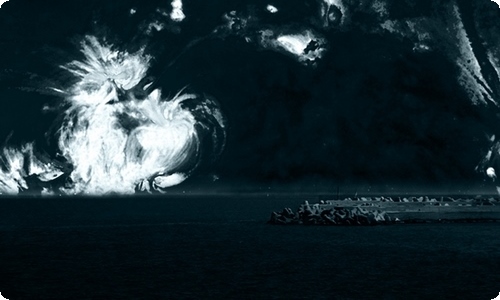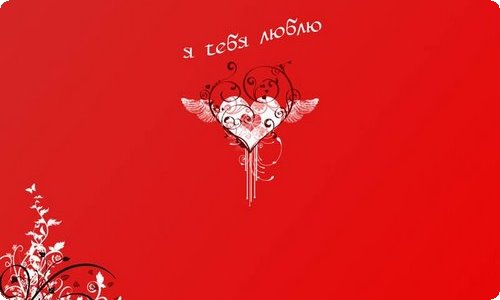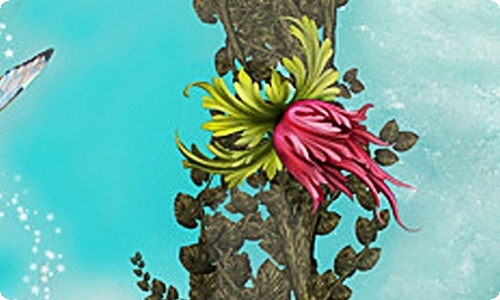
英语经典美文
在学习、工作、生活中,大家都经常接触美文吧?美文重感性,长于抒情;杂文重知性,长于达意。为了帮助大家更好的了解美文,以下是小编精心整理的英语经典美文,欢迎大家借鉴与参考,希望对大家有所帮助。
英语经典美文1学校 The College
How can I ever forget the beautiful campus in Africa?
那儿处处是碧绿的芳草,绿草中铺着洁白的、笔直的石路。路两旁种的那些树分明是一品红,然而原该为大红色的排列为环状的叶,却变为柔媚的粉红,还有着淡绿色的边儿。我常在这条长长的石径上散步。走着走着,来到一座宽阔的台子上,站在这里可以看到迷人的晚霞与夕照,偶然也能看到冒着浓烟呜呜南去的列车。件转身往回走,不远便会来到实验室和图书馆。这儿宽大的落地窗软帘垂地。窗外的木棉树上开着耀眼的红花。再往前走便是餐厅了,那儿有一株美丽的`树,开着雪一样白的花儿。那花儿开得轻柔而又炯娜,一朵朵地连成一片,从远处看去,美得像新嫁娘雪白的头纱。后来我才知道这就是我在书上读到那么多次的曼陀罗。
The grounds were covered with dark green grass through which stretched a straight whitestone path both sides of the path were planted what I believed to be poinsettias. Now theflowers were surrounded by pinkish leaves instead of bright red ones as they should have med with light green edges,the leaves looked delicate and charming. Along the long pathI often took a stroll which would take me to a wide terrace,where 1 could watch theenchanting glow of sunset,and occasionally catch the sight of a train pulling and hooting onits way southward. On my way back I would pass by the laboratory and library building whoselarge French windows had soft curtains let fall to the floor. Just outside the windows kapokflowers glowed red in full bloom. A short way off stood the dining hall,where I found a treehearing snore-white blossoms so graceful and soft to the touch,Viewed together from thedistance, they were as beautiful as a bridal veil. Later I learned that it was a tree called daturawhich I had so often read about in hooks.
学校的中心地带是个扇形的喷水泉,中间很艺术地摆着些中国式的太湖石。这是新建的。
In the centre of the campus was a newly-built fan-shaped fountain. A number of Chinese taihurocks were arranged in it with a touch of artistry. And there was a story behind it.
在我们中国教师住的院子里,有一个跟这模式一样的喷水泉,不过比这要小得多,像个盆景似的,那是早来这儿的老师利用业余时间建的。他们在池中放了些水草和金鱼,可能是为了抒发对祖国的怀念之情吧,还在太湖石上用秀丽的隶书字体刻了“二泉映月”四个红字,似乎这么一来,西湖便在他们的怀抱之中了,故乡的月便也在向着这些游子微笑了。
In the courtyard of the house where Chinese teachers were living,there was also a similar butmuch smaller fountain looking like potted landscape. It was built by the Chinese teachers whohad come earlier in their spare time. They had graced it with water plants and goldfish apsout of a yearning for their homeland,they had even engraved on a taihu rock four Chinesecharacters:“Er Quan Ying Yue’meaning“two springs reflecting the moonlight.”These characterswere painted red and written in an ancient calligraphic style. The homesick Chinese teachersseemed to feel that at the sight of these characters,they could by a flight of the imaginationbring to their presence a native moon smiling beaming over the West Lake.
一天,学校的校长来到中国教师的住所。他对这个喷水池赞不绝口,定要中国教师为学校也设计一个跟这一样的喷水池,建在校园的中央。于是在校园里,在绿茸茸的芳草和艳丽的花朵之间又加上了一个中国色彩的喷水池,在阳光的辉照下,喷射着亮晶晶的水珠儿。
One day the president of the college carne to visit the Chinese teachers. Delighted by thebeauty of their fountain ……此处隐藏12130个字……0 years ago. In Egypt, the Nile river signaled a new beginning for the farmers of the Nile as it flooded their land and enriched it with the silt(淤泥)needed to grow crops for the next year. This happened near the end of September.
The Babylonians held their festival in the spring, on March 23, to kick off the next cycle of planting and harvest. Symbolically, the king was stripped of his robes and sent away for a few days while the people whooped it up(庆祝). He then returned in all his finery(华丽的服饰)for a grand parade, and the normal activities of life would return for the new year.
So how did we get to January 1 as the start of the year? That date was picked by the Roman Emperor Julius Caesar when he established his own calendar in 46 BC. The Roman Senate had actually tried to make January 1 New Year"s Day in 153 BC, but it wasn"t until Caesar stretched out 47 BC for 445 days that the date we"re familiar with was synchronized(同步)with the sun. We"ve been on the Julian calendar ever since.
There must be something inside of us that needs to unload the accumulated results of fate and our own decisions and start anew. The Romans knew this. The month of January was named for their god, Janus, who is pictured with two heads. One looks forward, the other back, symbolizing a break between the old and new. The Greeks paraded a baby in a basket to represent the spirit of fertility. Christians adopted this symbol as the birth of the baby Jesus and continued what started as a pagan ritual. Today our New Year"s symbols are a newborn baby starting the next year and an old man winding up the last year.
Around the world, different cultures have their own traditions for welcoming the new year. The Japanese hang a rope of straw across the front of their houses to keep out evil spirits and bring happiness and good luck. They also have a good laugh as the year begins to get things started on a lucky note.
In West Bengal, in northern India, the people like to wear pink, red, purple and white flowers. Women favor yellow, the color of spring. Hindus(印度人)also leave shrines next to their beds so they can see beautiful objects when they wake up to the new year.
In Vancouver, British Columbia, Canadians enjoy the traditional polar bear swim. People of all ages don their swim suits and take the plunge, an event that is sure to get you started in the new year with eyes wide open.
A fairly new tradition that is starting to spread worldwide is a community celebration of the visual and performing arts on New Year"s Eve. Started in Boston in 1976, an organization called First Night promotes alcohol-free festivals in 186 American cities, 16 in Canada, plus Hastings, New Zealand and Greenwich, England. Typical experiences include ice sculptures, dancing, storytelling, theater, poetry, films and, at the stroke of midnight, an elaborate fireworks display.
Best wishes to you and your loved ones for a happy and prosperous New Year!




